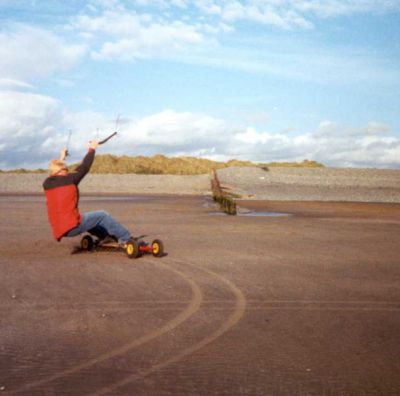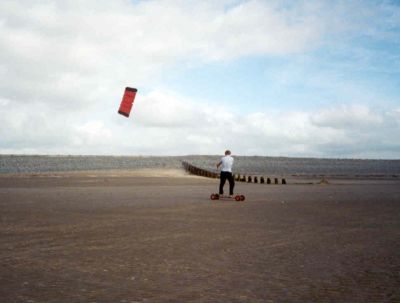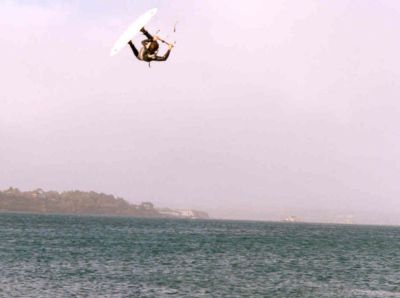equipment you'll need
Lets discuss the equipment you will need. and some of the terms of the sport.
Not too much just the basics.
1. Kite,
There are tonns of differetn kites out there, for the basics we will stick to the more usre friendly.
Inflatables.
for a photo see
http://www.extremesportsworld.co.uk/product.asp?productID=800
2. bar
the thing your steer with.
for a photo see http://www.extremesportsworld.co.uk/product.asp?productID=797
3. harness
the thing that goes around your body
http://gorptravel.away.com/nissan/microsite_04/kiteboarding/gear_3.html
4. lines,
these are the things that hold you to the kite.
5. board
best to start with a twin tip.
they are easy to start with and 90% of kiters use them world wide.
there are two main types, bi directional and directions.
usually bi directional are great for jumps etc and for peole from a nowboarding type background
http://www.laureleastman.com/boards_for_rent_cabarete.html
directional boards are more like a wind surfer board, great for speed, but not as flexible in the air.
http://www.ikiteboarding.com/kiteboarding/articles/choosing-a-kiteboard.aspx
6. Wind window.
It is a little hard to explain. Basically with the wind at your back you have an arc around you at about 85degrees in which the kite will fly.
This is the wind window.
Check it out full here, there are some great pictures
http://www.chicagokitesurfing.com/inflatabletips.html
You can check a heap more out here,, lots more pics and a deeper description.
http://kitesurfingschool.org/equipments.htm
Glenn





